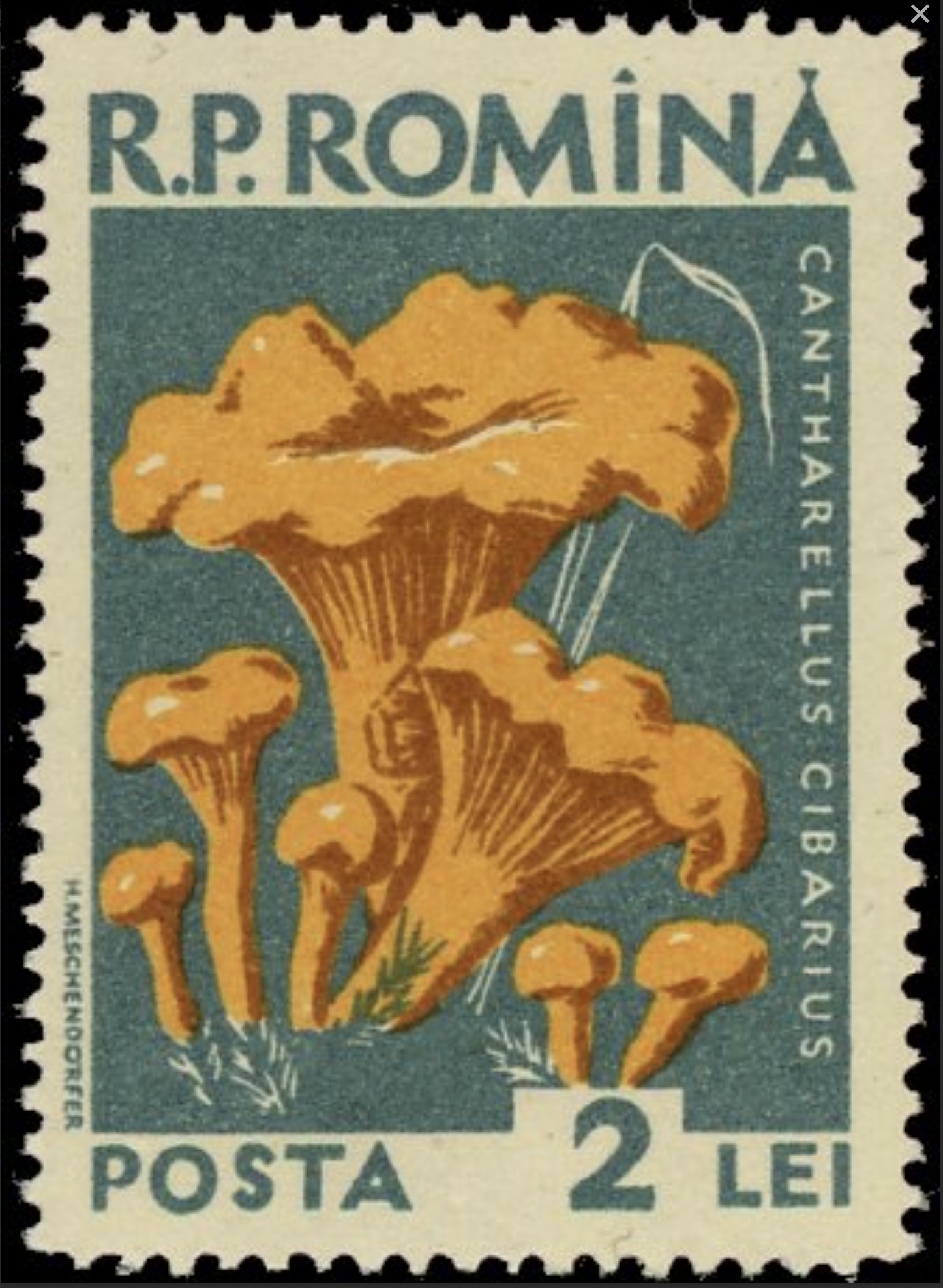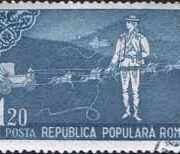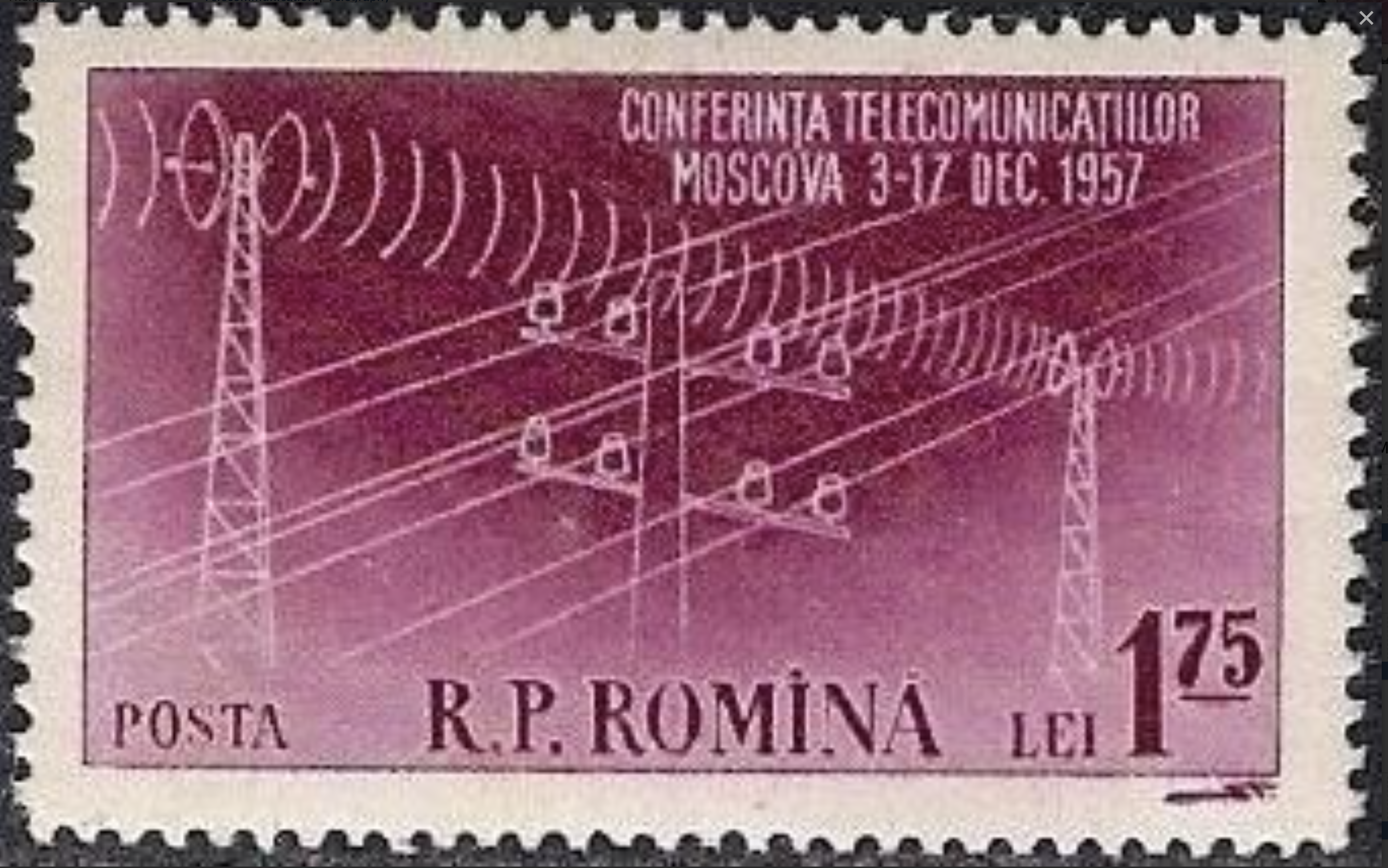Romania #1234 (1958) – Mushrooms (Cantharellus cibarius)
$0.55
Romania #1234 (1958) – Mushrooms (Cantharellus cibarius)
1 in stock
Description
Romania #1234 (1958) – Mushrooms (Cantharellus cibarius)
Cantharellus cibarius, commonly known as the chanterelle or girolle, is a popular and highly prized edible mushroom. It is recognized for its distinct appearance, delicate flavor, and culinary versatility. Here are some key characteristics and information about Cantharellus cibarius:
- Physical Characteristics:
- Chanterelles have a distinctive appearance, with a golden to orange-yellow color. The cap is funnel-shaped, often wavy at the edges, and can grow up to 4-5 inches (10-12 cm) in diameter.
- The underside of the cap features shallow, widely spaced gills, which run down the stem, but they are not true gills. Instead, they are more like ridges or folds.
- Habitat and Distribution:
- Chanterelles are found in both coniferous and deciduous forests, typically growing on the forest floor.
- They are widely distributed and can be found in North America, Europe, and other parts of the world.
- These mushrooms are mycorrhizal, meaning they have a symbiotic relationship with the roots of trees, where they exchange nutrients.
- Edibility:
- Chanterelles are highly prized in culinary traditions worldwide and are considered one of the finest edible mushrooms. They have a mild, fruity, and slightly peppery flavor, often described as nutty or apricot-like.
- They are used in a variety of dishes, such as soups, sauces, pasta, and sautés. Chanterelles can be enjoyed on their own or as a complement to other ingredients.
- Nutritional Value:
- Chanterelles are a good source of vitamins and minerals, including vitamin D, vitamin B3 (niacin), and minerals like potassium, phosphorus, and copper.
- They are also relatively low in calories and fat.
- Culinary Use:
- Chanterelles can be prepared in various ways, including sautéing, grilling, or drying for later use. They are often used in gourmet cuisine and are considered a delicacy.
- Harvesting and Sustainability:
- Chanterelles should be harvested with care to avoid damaging the mycorrhizal network. Cutting them at the stem is recommended, rather than uprooting.
- Sustainable harvesting practices are important to preserve chanterelle populations and their habitats.
- Toxic Look-alikes:
- While chanterelles are generally safe to eat, it is essential to correctly identify them, as there are some toxic look-alike mushrooms. Foragers should be cautious and confident in their identification skills.
Chanterelles are highly valued by mushroom enthusiasts and chefs for their unique flavor and versatility in cooking. When properly identified and prepared, they offer a delightful culinary experience, making them a sought-after ingredient in both traditional and gourmet dishes.
Ready to ship in 3-5 business days from United States (US)
Additional information
| Weight | 0.0149 lbs |
|---|---|
| Condition | |
| Country | |
| Stamp Format | |
| Stamp Type | |
| Year of Issue |













